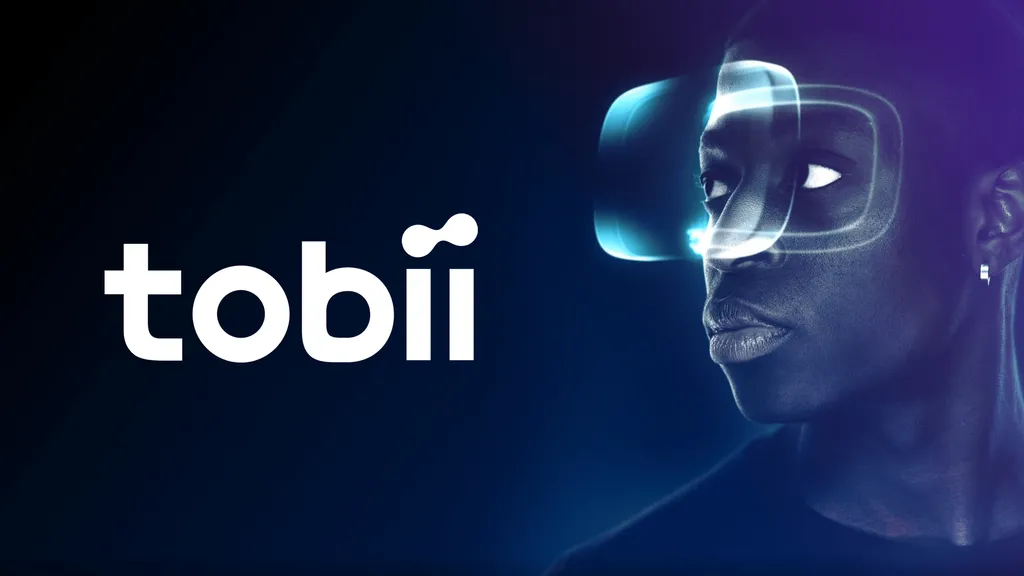Tobii says it’s “currently in negotiation” with Sony to be the eye tracking tech provider for the PSVR2 headset.
While a few VR headset companies like Varjo and XTAL use in-house eye tracking technology, all others so far use Tobii’s. It’s present in HTC Vive Pro Eye, HP Reverb G2 Omnicept Edition, Pico Neo 2 Eye, and Pico Neo 3 Pro Eye.
Sony first confirmed a new Playstation VR headset was in development a year ago, and in May reliable sources told us the headset would feature eye tracking capable of foveated rendering. Sony officially revealed specifications for PlayStation VR2 last month, including eye tracking and foveated rendering.
Today’s press release reveals that “negotiations are ongoing” between Tobii and Sony to become the eye tracking supplier for PSVR2. But the release states “This information is information Tobii AB (publ) is obliged to make public pursuant to the EU Market Abuse Regulation”, suggesting this potential partnership is being announced not for marketing or public relations purposes, but due to this regulatory requirement.
Sony hasn’t said anything about PSVR2’s release date, but it has announced the full specifications (including the eye tracking), revealed the controllers, and even opened signups to be notified when it’s available to pre-order. Given that every PlayStation console and the original PSVR headset launched late in the year (with the exception of PS2 which released early in Japan), it’s reasonable to assume PSVR2 could launch this holiday season. So the obvious question here is: why is this partnership still being negotiated so late in the product’s development?
Sony & Tobii could simply still be working out the exact terms of the deal – this would very likely be Tobii’s largest deal ever, but there is another possibility. Everyone’s eyes are slightly different, and the task of tracking eyes with extremely high precision and low latency gets progressively harder as companies tackle the outliers. No company yet claims eye tracking good enough to cover 100% of the population with the precision needed for foveated rendering. Sony has been working on eye tracking since at least 2014, and the tech has even shown up in its patent filings. Was Sony intending to use in-house tech but discovered late in wide scale user testing that it isn’t capable of tracking the wide variety of people it wants to target with PSVR2? Tobii told us in an interview that even after its two decades of operation and recent experience shipping its tech in real headsets, it targets 95%-98% population coverage.
Regardless of who supplies the technology, eye tracking should let PlayStation VR2 offer enhanced graphics with foveated rendering, more precise throwing and targeting mechanics, new NPC interactions, and enable true eye contact in multiplayer games – all of which will push VR forwards.





























